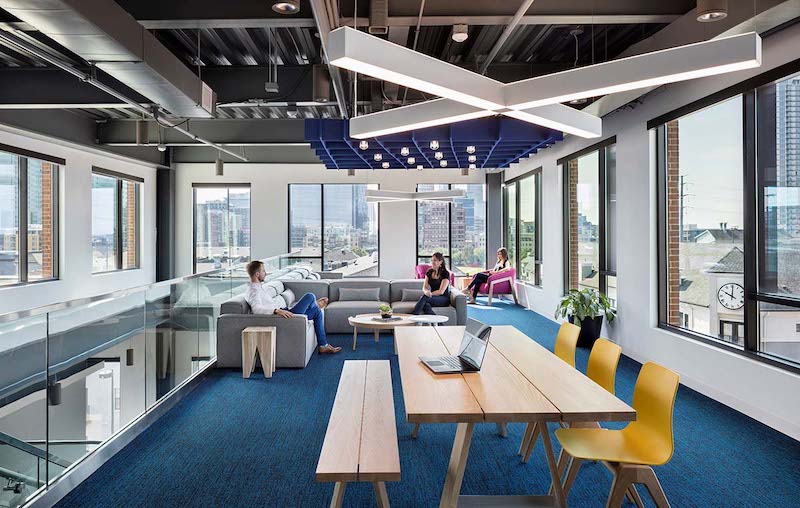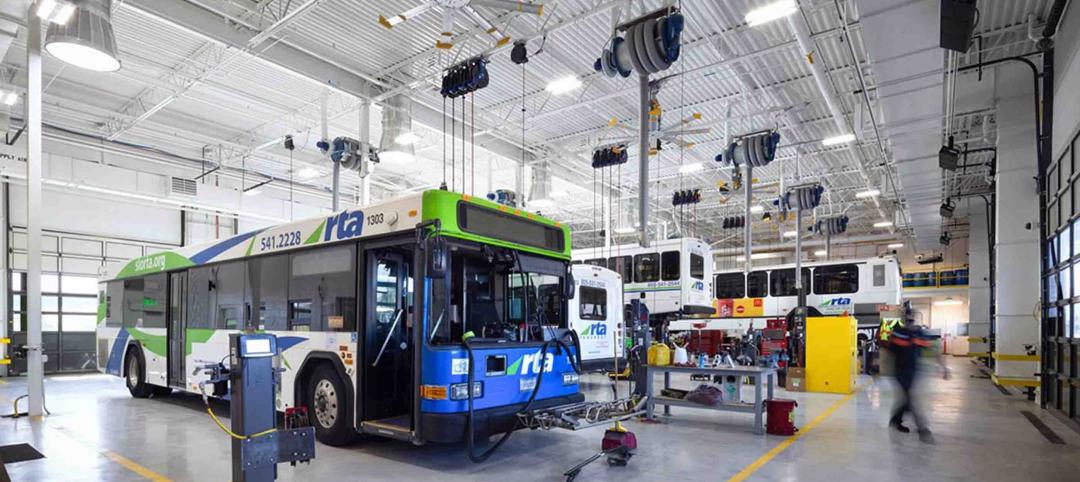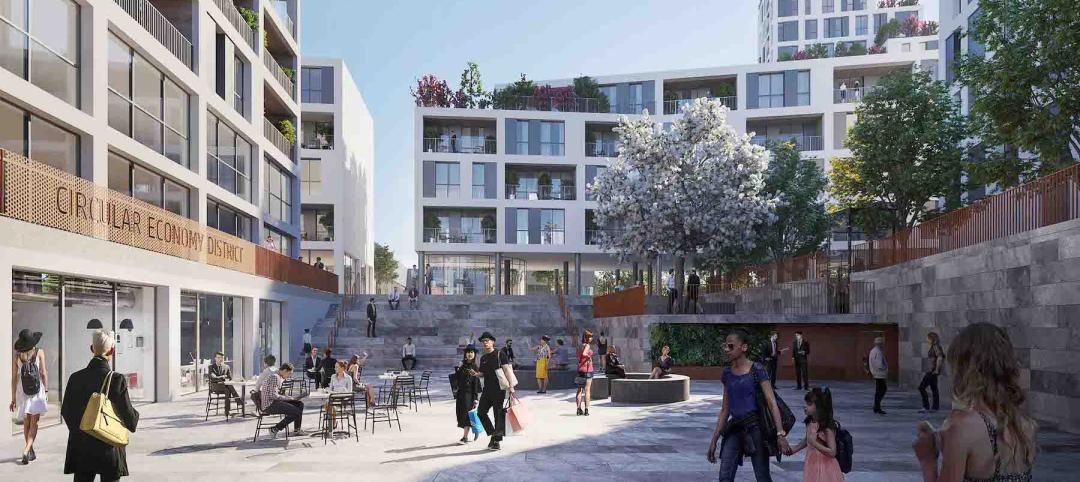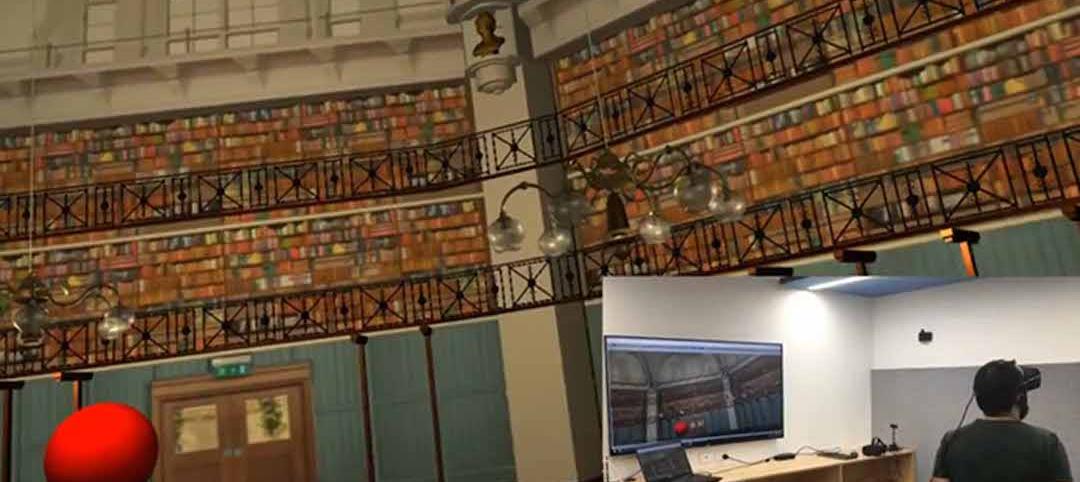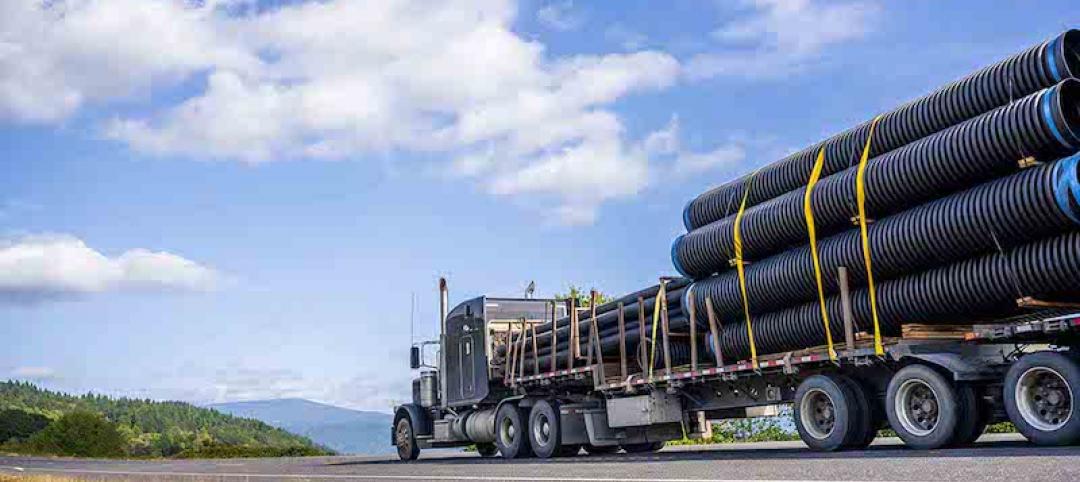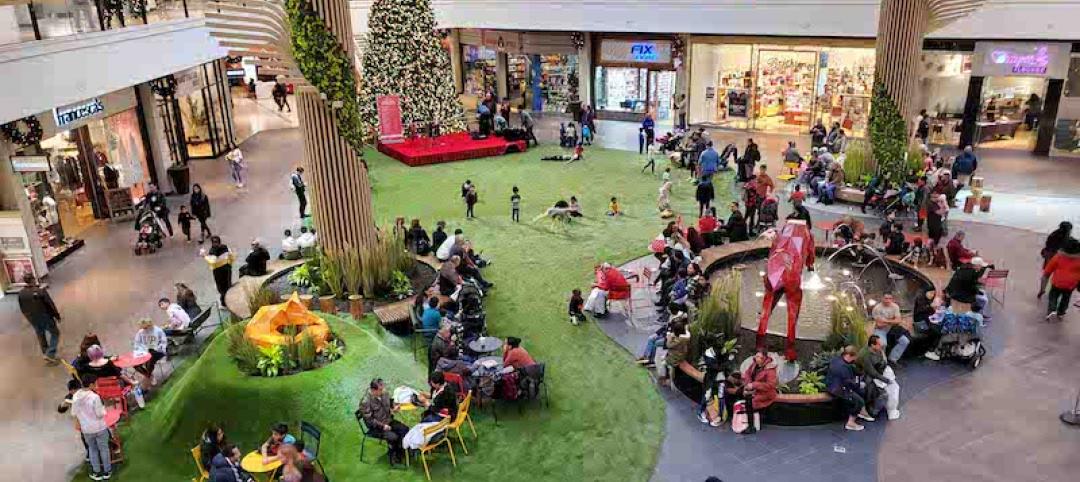As some states in the US begin to reopen amid COVID-19, many organizations are working through changes to their office spaces in order to safely welcome employees back. Common considerations include more frequent cleanings, touchless entry and room controls, and greater distancing between workstations. But what many companies—especially in newer spaces—are overlooking is the data already available to help them make more informed decisions for their office reentry.
New energy codes all but require the use of occupancy sensors throughout many spaces to control lighting. If you’re in a space that’s been built in the last five years, you probably have some sort of automated lighting controls in your building.
These controls are frequently equipped with sensors that can autonomously control light fixtures and are constantly sending and receiving data based on occupancy and environmental status. At a minimum, sensors that automatically turn lights on in public areas can reduce the number of surfaces people touch throughout your office. While that alone can help mitigate the spread of illness, many companies don’t realize their lighting-controls system can often do much more. Every time these sensors are activated, they are sending valuable data on how your office is used. If you’re not capturing and analyzing this data, it’s a bit like having a security camera that erases the footage at the end of each day.
By engaging your lighting design and technology teams now, you can determine how to best use lighting-based Internet of Things (IoT)—equipment that you may already have. These tools may be capable of gathering data to better understand which spaces are the most frequently used, which areas are most highly trafficked, and how people tend to move through your various spaces on a given day. All this information can help you chart a course for more effectively protecting your employees by providing a better picture of the areas that need the most attention when it comes to spatial distancing, cleaning, and disinfecting.
New energy codes all but require the use of occupancy sensors throughout many spaces to control lighting.
What data is available via my lighting controls system?
First, it’s important to understand what data is and is not currently available to you via your lighting-control system. The quickest route is to reach out to your design team to see what IoT-capable lighting systems, luminaires, or lighting controls you may have in your space that can leverage data outputs.
If you have a newer office with lighting controls or have recently installed lighting controls in your existing office, but don’t have a platform for understanding the data, it’s often simple to upgrade to an IoT-based platform. In fact, this platform can often be fully integrated into your lighting without requiring redundant devices and with minimal new equipment. Think of it like an app. The data is already being generated by your lighting-controls system; you just need the mechanism to track, store, and analyze it.
IoT-enabled platforms typically come with a few features out of the box. For example, they’ll often show space utilization in your office, giving you the percentage of time that a space is occupied. More advanced features can give you a closer look at exactly where people are in your office at any given time, helping you understand how, when, and where employees are interacting.
You can imagine how useful this could be in mitigating the number of interactions people have throughout the day while social distancing is still a priority.
If your office is older or doesn’t have occupancy sensors or networked lighting systems installed, the great news is that the technology for installing lighting controls is easier to integrate today than ever.
No lighting controls in my office?
If your office is older or doesn’t have occupancy sensors or networked lighting systems installed, the great news is that the technology for installing lighting controls is easier to integrate today than ever. In retrofits, our lighting-design team often uses wireless sensors to avoid having to punch holes in the walls or access existing wiring infrastructure. Many of these wireless lighting systems are already enabled with IoT-capable technology. Stantec has completed a number of office, laboratory, and airport terminal projects that leverage wireless sensor systems to enable everything from wayfinding and asset tracking to enhancing user experiences.
Another newer technology—power-over-ethernet (PoE) lighting—can further facilitate ease of installation and provide the capabilities of IoT-based systems. Instead of line voltage cabling, which needs to be permitted and installed by a licensed electrical contractor, anyone can install these type of lighting fixtures and controls so the data is shared through an ethernet cable—the same type of cable you’d use to plug in your computer. It’s all low voltage, which makes for simpler and faster installation, and provides greater bandwidth. The possibilities for this technology are endless. Right now, Stantec’s technology and lighting teams are working on designing one of the largest PoE lighting projects in the country for a 3.5-million-square-foot campus redevelopment project in the Seattle area.
If you’re in a space that’s been built in the last five years, you probably have some sort of automated lighting controls in your building.
Tracking and analyzing lighting IoT data
The smartest thing you can do right now is ensure you have a technology team on board as you’re contemplating any improvements or design changes to your office. Historically in design projects, technology integration has been an afterthought. But that’s rapidly changing with the growing role of technology in our work and lives.
Workplace environments now require an investment in technology with the mindset that systems will change and need to be updated more frequently.This results in more flexible architectural and technology designs, knowing that upgrades will be required more often.
In order to get the most out of your lighting IoT and to tailor the platform for your needs, you’ll require some technological expertise in the room. Whether this team is part of your design partner’s offerings or you have your own technology integration person on staff, it’s incredibly helpful to have someone to help you tie everything together and understand your full suite of capabilities.
The success of our return to the office will be determined by a number of factors, not the least of which is the effort companies put into understanding how their space is used now and the actions they must take to protect their employees. When leveraged properly, your lighting IoT can be an important tool to help you build a smart reentry strategy and provide valuable information about your workplace for the future.
More from Author
Stantec | Apr 18, 2024
The next destination: Passive design airports
Today, we can design airports that are climate resilient, durable, long-lasting, and healthy for occupants—we can design airports using Passive House standards.
Stantec | Mar 18, 2024
A modular construction solution to the mental healthcare crisis
Maria Ionescu, Senior Medical Planner, Stantec, shares a tested solution for the overburdened emergency department: Modular hub-and-spoke design.
Stantec | Nov 20, 2023
8 strategies for multifamily passive house design projects
Stantec's Brett Lambert, Principal of Architecture and Passive House Certified Consultant, uses the Northland Newton Development project to guide designers with eight tips for designing multifamily passive house projects.
Stantec | Apr 10, 2023
Implementing human-centric design in operations and maintenance facilities
Stantec's Ryan Odell suggests using the human experience to advance OMSF design that puts a focus on wellness and efficiency.
Stantec | Jul 6, 2022
5 approaches to a net zero strategy that communities can start right now
Whether your community has started on a plan or is still considering net zero, now is the time for all of us to start seriously addressing climate change.
Stantec | Feb 14, 2022
5 steps to remake suburbs into green communities where people want to live, work, and play
Stantec's John Bachmann offers proven tactic for retrofitting communities for success in the post-COVID era.
Stantec | Feb 8, 2022
How gaming technology is changing the way we design for acoustics
Adding 3D sound from gaming engines to VR allows designers to represent accurate acoustic conditions to clients during design.
Stantec | Dec 15, 2021
EV is the bridge to transit’s AV revolution—and now is the time to start building it
Thinking holistically about a technology-enabled customer experience will make transit a mode of choice for more people.
Stantec | Sep 3, 2021
Passports to a net-zero carbon future
How materials passports can help designers achieve social value and net-zero carbon.
Stantec | Aug 25, 2021
The mall of the future: Less retail, more content
For the mall to survive, it will need to embrace nontraditional uses and “messy vitality.” Here’s how to do it.

